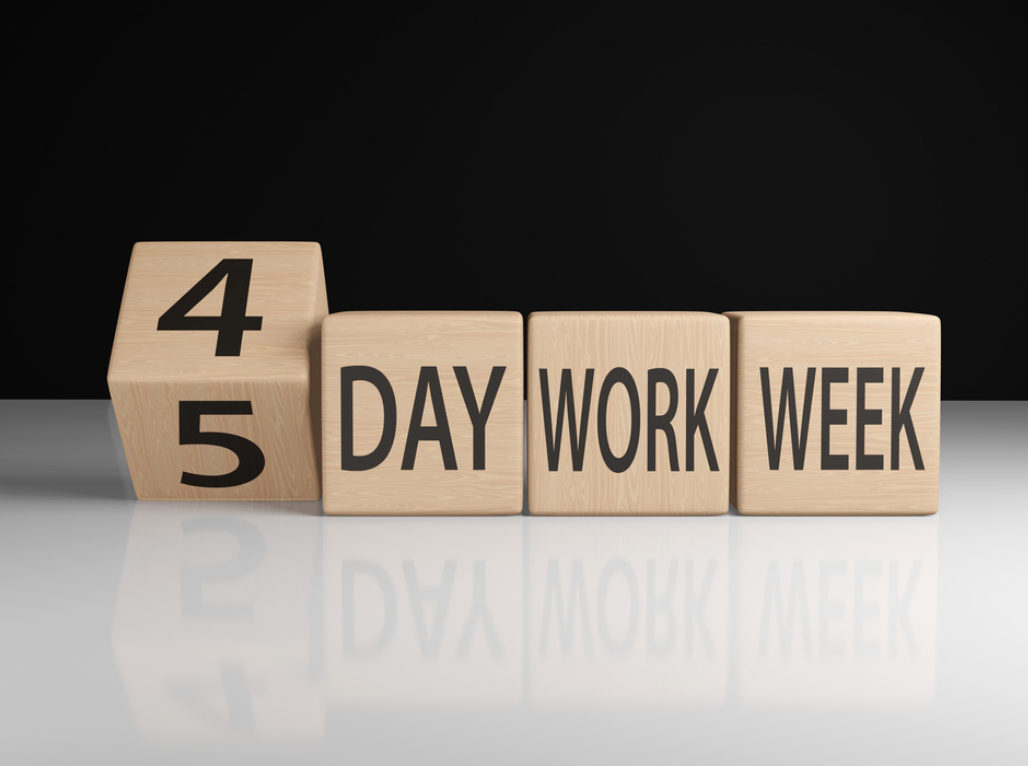Focus your goals on who you want to be, not what you want to be.

Recent posts

From Firefighting to Innovating: 4 Strategies to Carve Out Space for Creativity
Zoe Aitken • 29 August 2024

COORDINARE’s Four-Day Week Success: 3 Powerful Lessons You Need to Know
Charlotte Rush • 29 August 2024

Everything I thought I knew about Work was Wrong: My Eye-Opening CEO Journey
Tina McIntosh • 1 August 2024
“I’m bad with names”
“I can’t read maps”
“I’m not creative”
Sound familiar? Whether you identify with these specific statements or not, each one of us has a story that we tell ourselves about who we are – this makes up our identity. Unfortunately, in times of change, it is this identity that can prevent us from taking the first crucial step towards change.
For those of you who are responsible for driving innovation in your organisation, this may be something you can appreciate. Perhaps you’ve heard people say – “I am not an innovator”. Maybe you work with lawyers who have been taught to critically analyse and poke holes in arguments, engineers who are risk-averse, or bankers and accountants who don’t believe they can be creative.
The problem you are experiencing is one of identity – for many lawyers, it feels incongruous to say they are “creative” – it is not part of their training, experiences and therefore, identity. And unfortunately, behaviour that is not congruent with the self will not last.
Research analysing turning points in health behaviour change highlights that change occurs when we realise our behaviour is inconsistent with our values and identity. What this means is that once you believe in a particular aspect of your identity (“I am someone who exercises regularly” or “I am a manager who cares about my team’s development”), you are more likely to act in alignment with that belief. So, if you are trying to change the people in your organisation who say, “I am not an innovator”, you are going to fail if you don’t find a way to change that identity.
What can you do about it?
Growing up, I was never a public speaker. We had debating teams in high-school and annual speech competitions, and I didn’t choose to partake. I distinctly remember a speech I had to make when I was 12 years old – and I was a nervous wreck (knocking knees, shaking hands and racing heart galore!). But, in a recent strength’s assessment, I self-identified myself as a good public speaker. What has changed?
In the last few years, I have gathered a whole raft of evidence that suggests I am good at public speaking. For example, a big part of my current role involves public speaking. Each week, if I am not actually speaking publicly, I am preparing to speak. Every time I do this, I am proving to myself what my current identity is. And if I look back, I realise that over the years I have accrued lots of little ‘votes’ for the “I am a good public speaker” part of my current identity.
As James Clear states, “the most effective way to change your habits is to focus not on what you want to achieve, but on who you wish to become.” And whilst that motivating video of Tony Robins or your latest pump-up Spotify playlist may encourage you to get up and seize the day today, it is change that aligns with your identity that is going to be truly long-lasting.
So, how can you use this to create more sustainable behavioural change?
1. Ask yourself, “Who is the type of person who could get the outcome I want?” Then, prove it to yourself with small wins. Find a way to add a piece of evidence to the new identity that you are seeking to create. For example, perhaps you want to see yourself as a manager who is committed to furthering your team’s development, and one small win could be to dedicate 5 minutes this week checking in with your team members on their development goals.
2. Simply saying “I don’t do X” versus “I can’t do X” can increase your likelihood of staying on track with your goals by 64%. When trying to avoid a behaviour that doesn’t align with your identity, use this simple change in your language to increase your odds of succeeding.
3. Finally, surround yourself with the type of people you seek to be. Humans have an innate desire to “fit in” with the people around them and this results in us taking on the behaviour of people around us. For example, join a MeetUp with the type of people you seek to be like. (If your aim is to be more innovative, you’ve already ticked this one off by being part of Inventium’s mailing list!)
In the words of Simon Sinek, we need to start with “why” – people don’t buy what you do, they buy why you do it. Now, stop focusing on what you want to do and start asking yourself why you want to do it (Hint: to become the sort of person who behaves that way!)